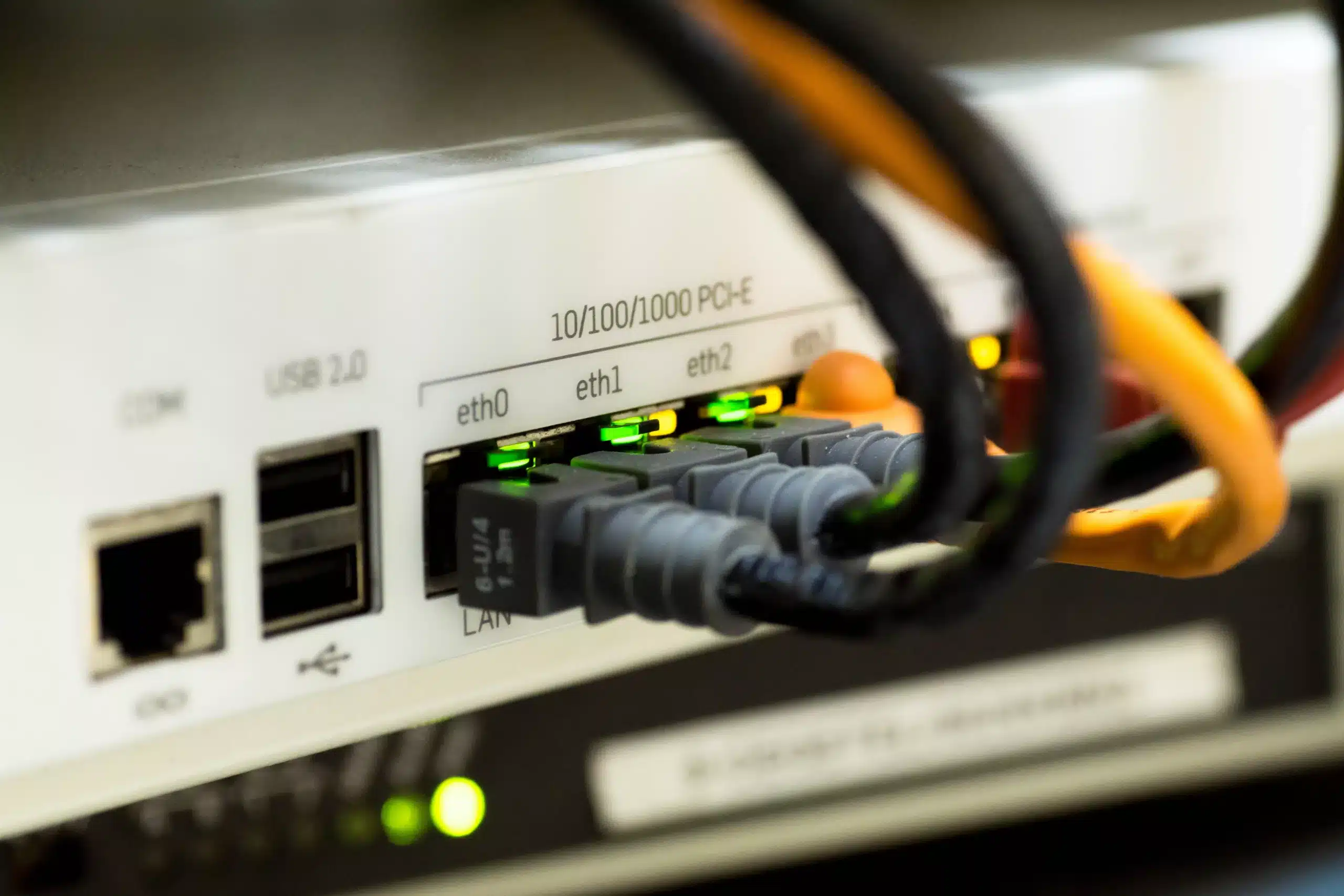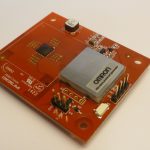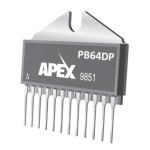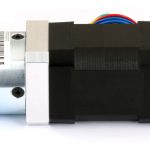
Introduction
Wireless power transfer has recently gained considerable attention as a convenient and efficient approach for charging devices without requiring physical connections. One method of wireless power transfer is using a single-channel 1-Wire network. This 1-wire interface offers numerous benefits for designers in many ways. This article explores the potential advantages, key steps involved, and components for implementing such a network and its potential applications.
Understanding Single-Channel 1-Wire Networks: Uncovering the Significance
A single-channel 1-Wire network, also known as a single-wire or single-line network, is a communication protocol enabling power and data transmission over a single wire. It got its name as it utilises a single communication data line to carry both power and control signals, simplifying the overall system design. The 1-Wire protocol is significant in terms of a low-power and low-cost solution that can be implemented in various applications. Additionally, the 1-wire protocol provides multipurpose performance and is ideal for low-speed, short-distance applications.
Components of a Single-Channel 1-Wire Network
Implementing a single-channel 1-Wire network for wireless power transfer require several key components. These include:
- A Power Source – Providing necessary electrical energy.
- 1-Wire Master Device – Controls communications and power delivery.
- One/More 1-Wire Slave Devices – Receive power and perform specific functions like data collection or charging devices.
Crucial Steps to Implement Single-Channel 1-Wire Network for Wireless Power
Implementing a single-channel 1-Wire network for wireless power involves combining the principles of 1-Wire communication and wireless power transfer. The implementation details vary depending on the specific wireless power transfer method and your chosen components. The general steps to implement such a system include:
Step 1: Understanding 1-Wire Communication – It is crucial to familiarize yourself with the basics of the 1-Wire protocol.
Step 2: Choosing a Wireless Power Transfer Method – Select a suitable wireless power transfer method based on your requirements. Some popular options include inductive coupling, resonant coupling, and radio frequency energy harvesting.
Step 3: Designing the Power Transmitter – Develop the power transmitter circuitry for wireless power transfer. This typically involves designing a power source along with the necessary power conditioning and control circuitry.
Step 4: Integrating 1-Wire Communication – Incorporate the 1-Wire communication protocol into the power transmitter circuitry. This involves connecting a 1-Wire master device to the transmitter circuitry and implementing the necessary software to handle the 1-Wire communication.
Step 5: Designing the Power Receiver – Create the power receiver circuitry to capture and convert the wirelessly transmitted power. This includes designing a suitable receiver coil, rectification circuit, and power management circuitry to convert the received power into a usable form.
Step 6: Incorporating 1-Wire Communication on the Receiver – Integrate the 1-Wire communication protocol on the power receiver side. This involves connecting a 1-Wire slave device to the receiver circuitry and implementing the essential software for handling the 1-Wire communication.
Step 7: Test and Optimisation – Once the transmitter and receiver circuits are built, test the system to ensure wireless power transfer and 1-Wire communication function as intended. Optimise the design to improve performance, efficiency, and reliability.
Step 8 – Optional: Expanding the Network – If desired, expand the single-channel network to include multiple devices by adding additional power receivers and incorporating appropriate addressing schemes for each 1-Wire device.
Advantages of Single-Channel 1-Wire Networks
Implementing a single-channel 1-Wire network for wireless power transfer offers several advantages, such as:
- It simplifies the overall system design by eliminating the need for multiple power and data transmission wires, reducing cost and complexity.
- The 1-Wire protocol is highly robust, making it suitable for various environments and applications.
- The 1-network interface minimises electromagnetic interference and radio frequency interference.
- It provides robust compatibility and high energy efficiency.
- Combining power and control signals makes the network more efficient and compact.
- It is convenient to install and needs minimal maintenance.
Potential Applications of Single-Channel 1-Wire Networks
Single-channel 1-Wire networks find applications in numerous scenarios.
- One prominent application is wireless charging systems for electronic devices like smartphones, tablets, and wearables.
- By integrating a 1-Wire slave device into a charging pad or dock, the device can receive power wirelessly without the hassle of plugging in cables.
- Single-channel 1-Wire networks are widely used in sensor networks where power and data must be transmitted over a single wire. This enables energy-efficient data collection in various fields, such as agriculture, industrial monitoring and automation, and smart homes.
- The simplicity and low cost of 1-Wire networks suit them for data logging applications.
- 1-Wire interfaces can be employed in energy management systems to monitor and control various aspects of energy usage.
- Single-channel 1-Wire networks are utilised in various automotive applications for multiple purposes, such as vehicle diagnostics, monitoring of temperature and pressure in engines, or controlling lighting systems.
Single-Channel 1-Wire Network: Challenges and Considerations
Since implementing a single-channel 1-Wire network offers many advantages, there are challenges and considerations to address. One key consideration is the power delivery efficiency and network range. Designers need to Optimise the system to ensure sufficient power reaches the intended devices over the desired distance. Additionally, ensuring signal integrity, voltage drops, and compatibility between different 1-Wire devices and managing communication protocols can pose challenges and requires careful planning and integration.
Concluding Remarks and Future Iterations
Implementing a single-channel 1-Wire network for wireless power transfer offers a compelling solution for charging devices and transmitting data wirelessly. Its simplicity, affordability, and robust compatibility make it an attractive choice for various applications. With technological advancement, we can expect the widespread adoption of single-channel 1-Wire networks in wireless power transfer systems, revolutionizing how to charge and interact with devices.



















